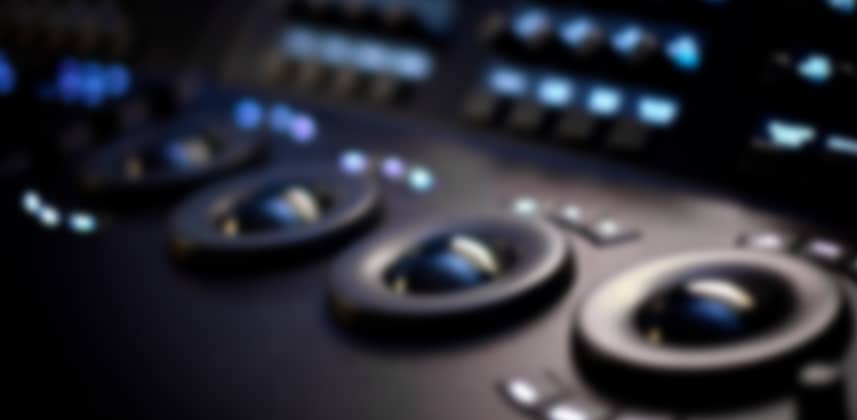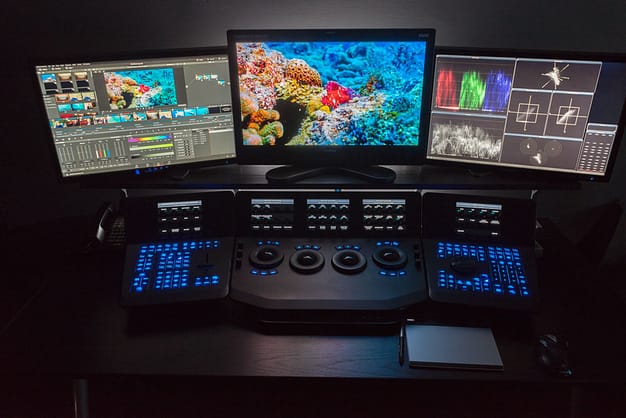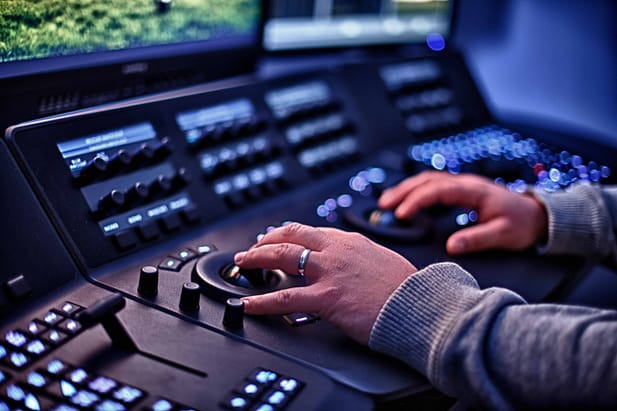| Series |
|---|
Demystifying The Resolve Advanced Control Panel
The ‘Big Panel’, ‘Advanced Control Surface’, or just simply the Resolve Control Panel — if you’re a Resolve user you probably know what we’re talking about!
The Resolve Control Panel (it’s actually three separate panels) is manufactured and sold by Blackmagic Design and at $30,000, The Resolve Control Panel is clearly not for everyone, but it does provide the Resolve colorist with the most tactile control available.
Recently, we have received several emails from members who’ve recently upgraded to the Resolve Control Panel and were surprised that there is literally no documentation about how to use it!
On a smaller panel, one can learn to get around in a few hours, but on a panel(s) with 5 LCD displays, 32 soft knobs, 30 soft buttons and dozens of hard labeled buttons, not to mention quite a few sub-menus – learning the ‘big panels’ can be very intimidating.
And that’s not even getting into the countless panel ‘shortcuts’ and features only found on on this panel.
Scratching our heads about why we hadn’t covered the big panels in depth before now, we decided to do something about, and in this Insight, we’ll start a new series on the Resolve Panel with a detailed overview.
In this Insight
Although we’re based in different cities (and across thousands of miles) Team Mixing Light does get together every so often.
Recently, Pat & Robbie were together recording some training for a corporate partner of Mixing Light and we had Robbie’s Resolve Control Panel in the studio. We decided it was time to finally do an overview on the Advanced Panel.
In this Insight, we discuss how to get the Resolve Panel, the overall design and connections as well as go over the essential sections of the panel.
In addition, we also discuss how bigger IS better! With so much tactile control over the Resolve UI, the Resolve Panel can actually let you work faster and focus more shots rather than messing around with a mouse in the interface.
The only way to really get to know any panel is to get hands-on time with it and develop muscle memory. And that of course, means lots of practice and figuring out where things are and how the panel operates.

Of course, we’ll happily provide answers to any questions you may have or follow up on anything we may have missed.
-Robbie, Dan, Patrick




